Flower Meanings
Zinnia


The Meaning of Zinnia
While zinnia has many different meanings, it is usually associated with friendship, endurance, daily remembrance, goodness, and lasting affection.
The Victorian meaning of zinnia are thoughts of an absent friend or a friend you haven’t seen in a while.
Zinnias are one tough bloom! So it’s fitting that their symbolism has evolved with them over time to represent endurance in many forms, including – spontaneous endurance, for from youth to old age, zinnias endure and continue to bloom.
Zinnias also symbolize a “joyous endurance.” They are happy to bloom in the steaming heat of summer and really any other trials it encounters, such as drought and bugs, yet they never fail to produce vibrant, beautiful blooms!
Zinnia Color Meanings
- Yellow zinnias represent a daily remembrance.
- Red zinnias represent the stead beating of a heart, steadfastness, and family ties.
- Magenta zinnias represent lasting affection.
- White zinnias represent pure unaltered goodness. [1]
What Does Zinnia Smell Like?
Zinnias have no fragrance, but they do grow in a huge range of colors!
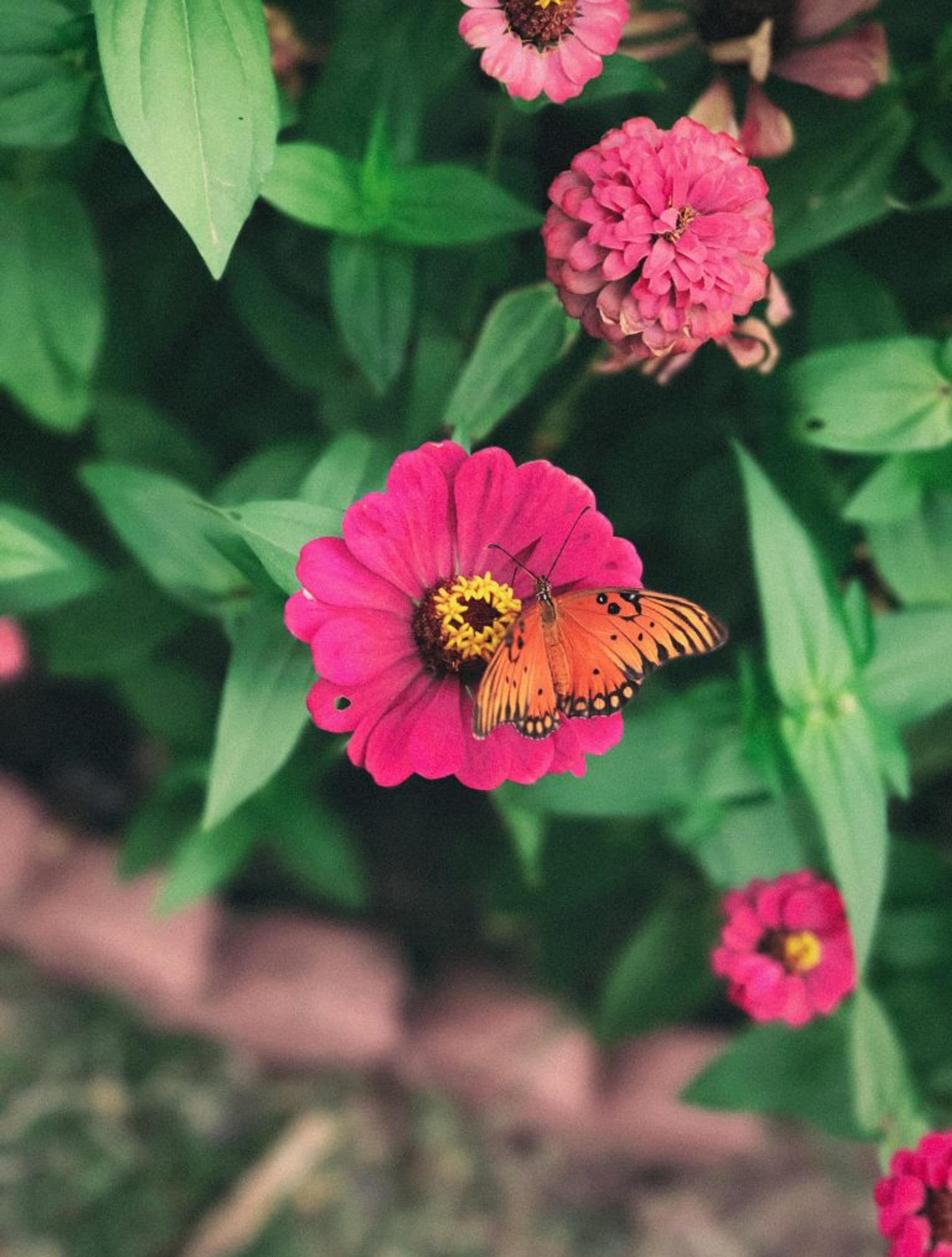
"A flower of strange beauty, growing in a desolate spot, and blossoming in the wind."
Nathaniel Hawthorne
The History of the Zinnia
Native to Mexico & Central America, zinnias were initially referred to as “plants that are hard on the eyes” by the Aztecs because of their bright, colorful flowers.
The zinnia is named after Johann Gottfried Zinn, a German botany professor who discovered them and brought them back to Europe back in the 1700s.
Interestingly enough, Mr. Zinn’s name was not only a reflection of the name “zinnia” but also of his work studying the eye – specifically the zonule of Zinn or Zinn’s membrane. [2]
The original plants have since expanded in many different shapes, colors, and sizes due to their popularity among breeders.
Today, we can buy zinnias plants ranging from 6 inches tall to almost 4 feet tall and in just about any color of the rainbow. [3]
As a Mexican native, the Spanish referred to zinnias as “mal de ojos,” which translates to “sickness of the eyes,” similar to the Aztec’s take on this vibrant bloom.
The Spanish thought of them as a small and generally unattractive flower.
Almost unbelievable, right!?
The late 19th century brought along wide use of zinnia in Germany, Holland, and Italy as breeders began selecting zinnias for their desirable characteristics. Different varieties such as Pumila Mixed, Mammoth, and Striata made their way to the states where they were widely planted.
Around 1920, a variety called Giant Dahlia was named by John Bodger of California’s Bodger Seeds Ltd., who discovered it as a natural mutation. Over the next few years, he selected a large flat-flowered variety from this strain called the California Giant, which was awarded a gold medal from the Royal Horticultural Society of England.
Today, zinnia breeders continue to engineer new flowers for modern gardens.
Recently, Zinnia angustifolia and Zinnia elegans were crossed to create the Profusion series. This combines the best of both types for a compact and colorful zinnia that is resistant to heat, humidity, and disease (and requires no dead-heading!). [2]
DID YOU KNOW - Zinnia Fun Fact
Hummingbirds love zinnias, bringing their iridescent beauty to your garden while keeping the white fly population down. [1]
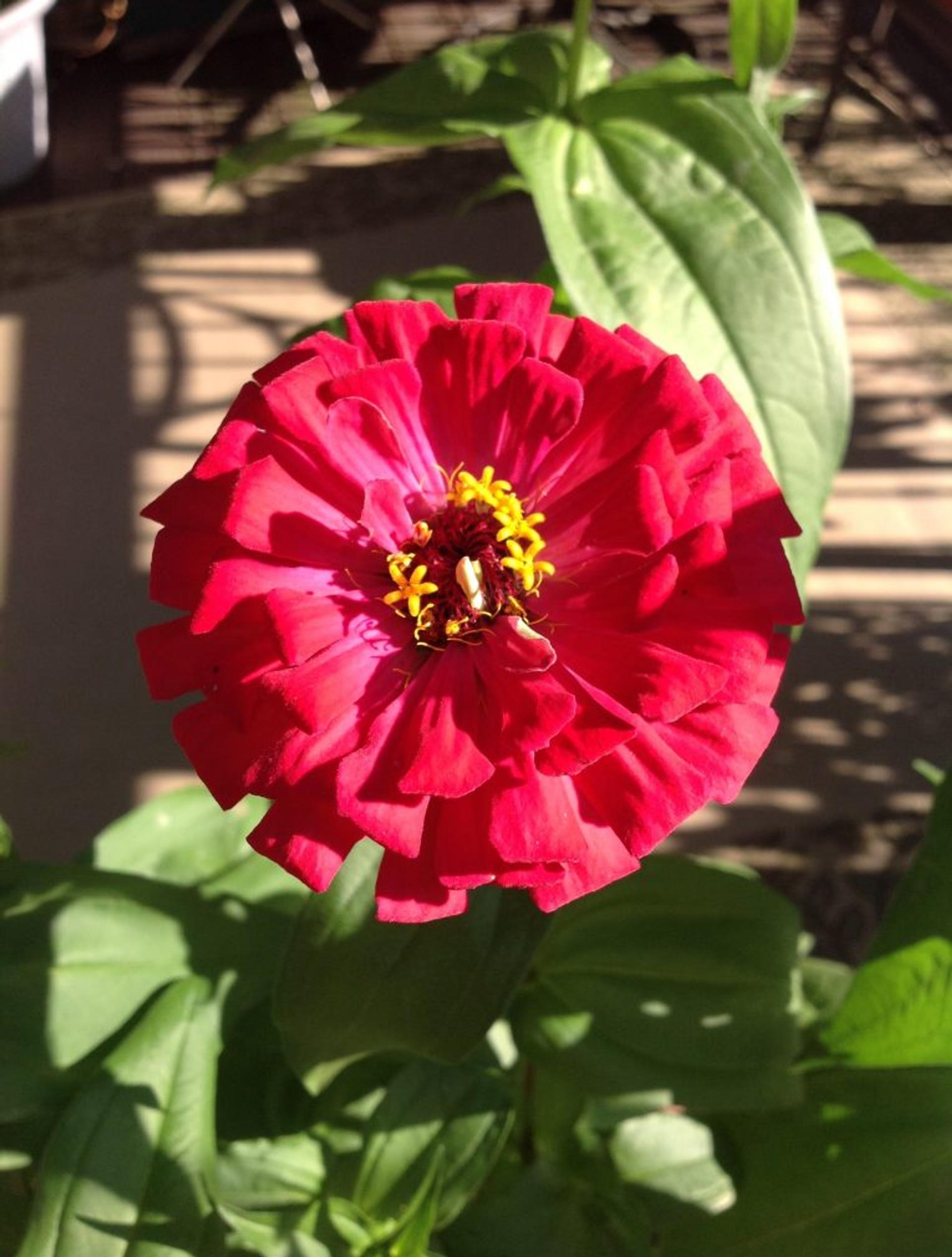
How to Grow Zinnias
Zinnias are one of the easiest garden flowers to grow (they’re perfect for beginners!).
If you’re looking to add some hassle-free color to your garden – zinnias are the bloom for you.
As an annual, zinnias will grow for one season and produce seeds, but the original plant will not come back in subsequent years.
It’s recommended to grow zinnias from seeds right in the garden bed, as they do not like to be transplanted. From seed, they should grow very quickly as long as they are in the right conditions.
Keep in Mind:
- Zinnias are sensitive to frost
- Zinnias will grow in a minimum daytime temperature of around 60 degrees through 84 degrees
Be sure to choose a planting site that gets full sun. This is essential for the life of your new zinnias!
Look for a site that also has the following:
- good air circulation to help prevent foliar diseases
- soil that is rich in organic matter and well-draining
- soil with a pH between 5.5 and 7.5
Pro Tip: Amend your soil with compost to help your flowers grow quickly! [4]
DID YOU KNOW - Zinnia Fun Fact
Butterflies flock to zinnias and light up your garden with their striking patterns. [1]
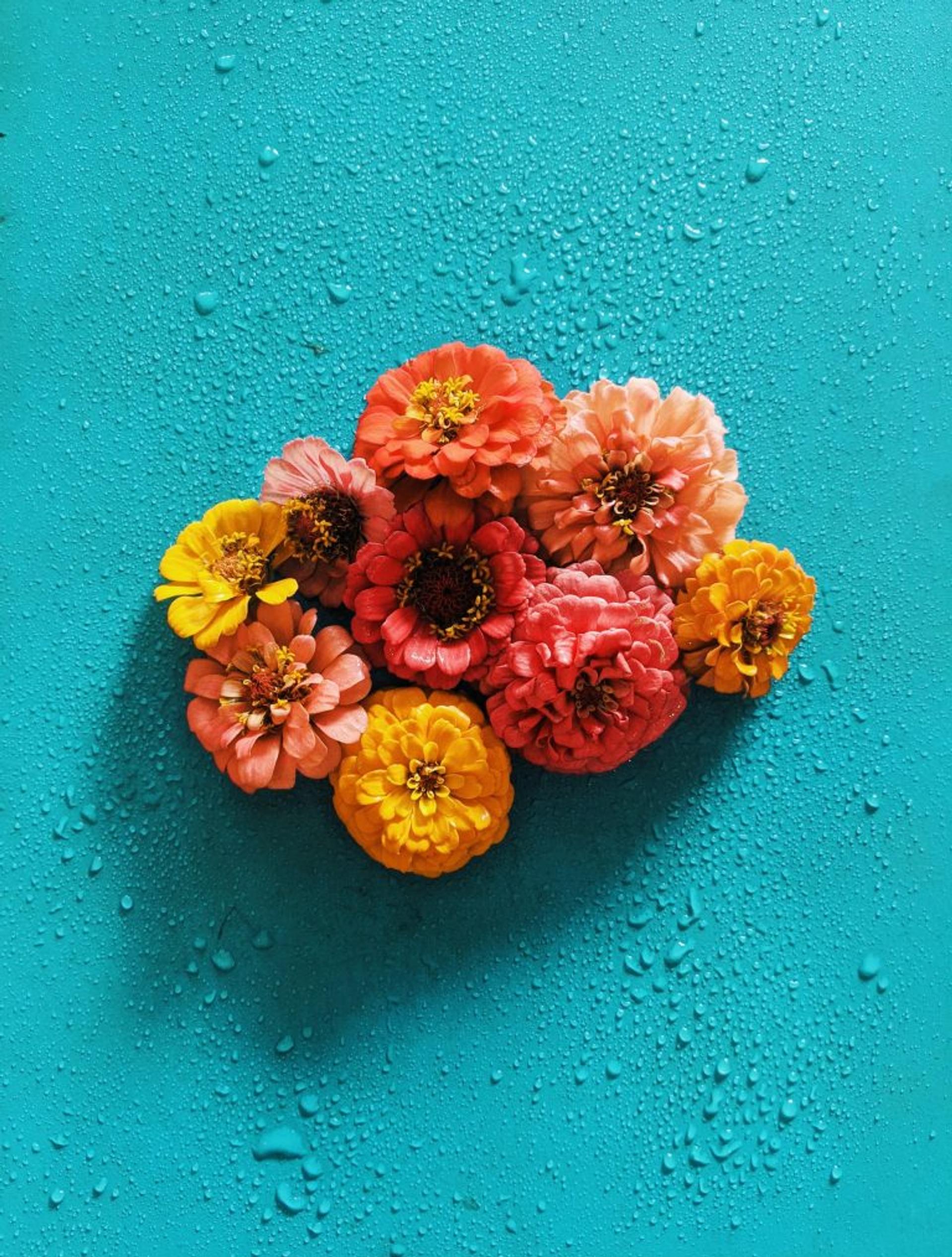
How to Care for Zinnias
In general, zinnias are super easy to care for.
Be sure to maintain your soil’s moisture levels and fertilize lightly to maximize growth and blooms.
After your zinnias flower, cut off the old flowers to encourage more growth.
Since they are annuals and will die with the first hard frost of fall, if you want them to reseed, let the last flowers of the season fully mature and then scatter their seeds. [4]
When to Send Zinnias as a Gift
Zinnias make the perfect gift for a friend you miss or maybe haven’t seen in a while, a going away gift, or simply someone you care deeply about!

References:
- 1 - flowermeaning.com
- 2 - Garden Guides
- 3 - American Meadows
- 4 - Almanac
Flower Meanings — keep discovering

Tulip
Tulips aren’t too elegant, too romantic, too big, too small, or too bright; tulips are always just right. Not to mention cozy, like snuggling up in your favorite blanket with a fire crackling and snow gently falling.
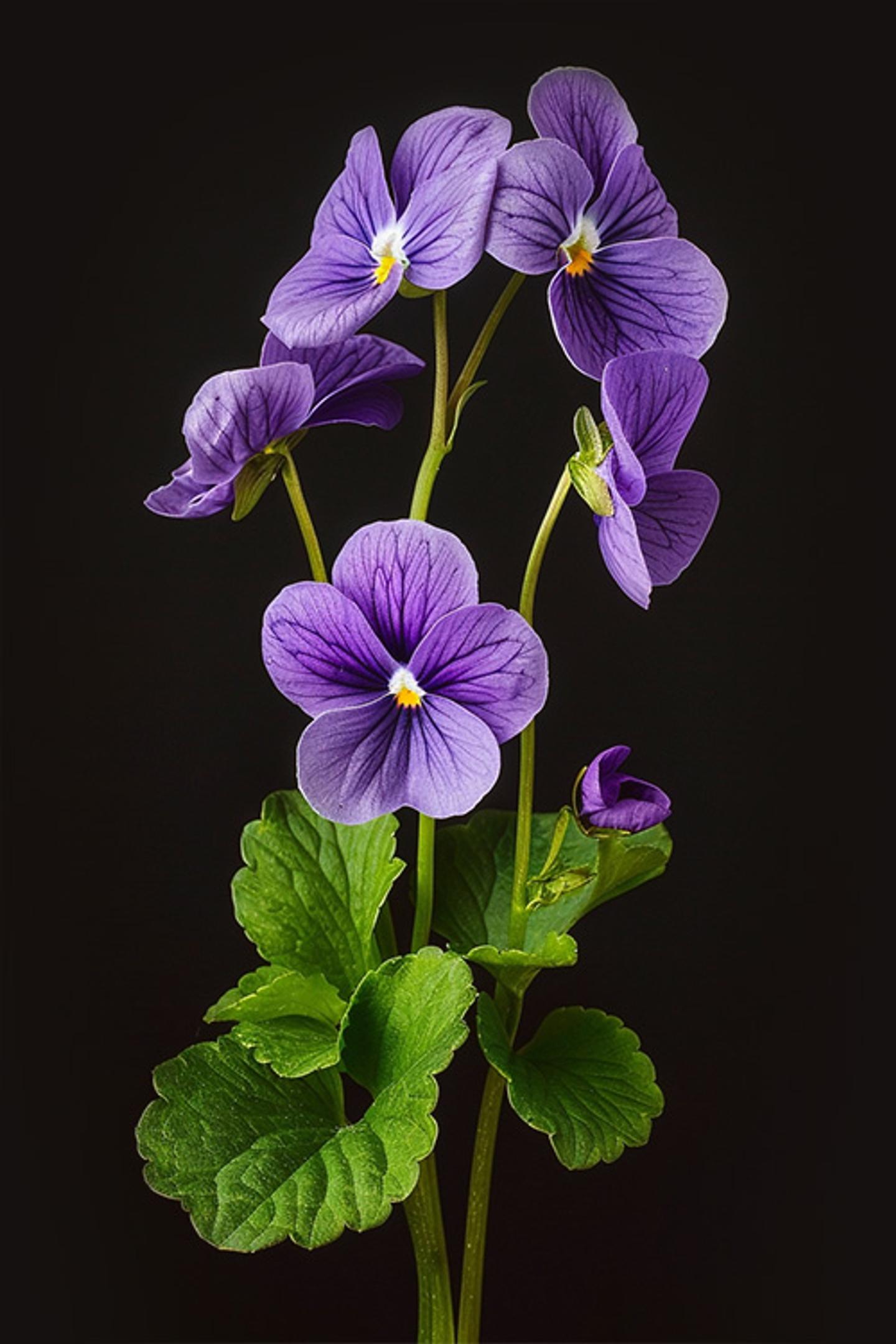
Violet
You’ve seen these tiny, but nevertheless lovely clusters of vibrancy, so there’s no need for us to try and capture your attention with vague magniloquence! The stunning beauty of the violet does that all on its own.
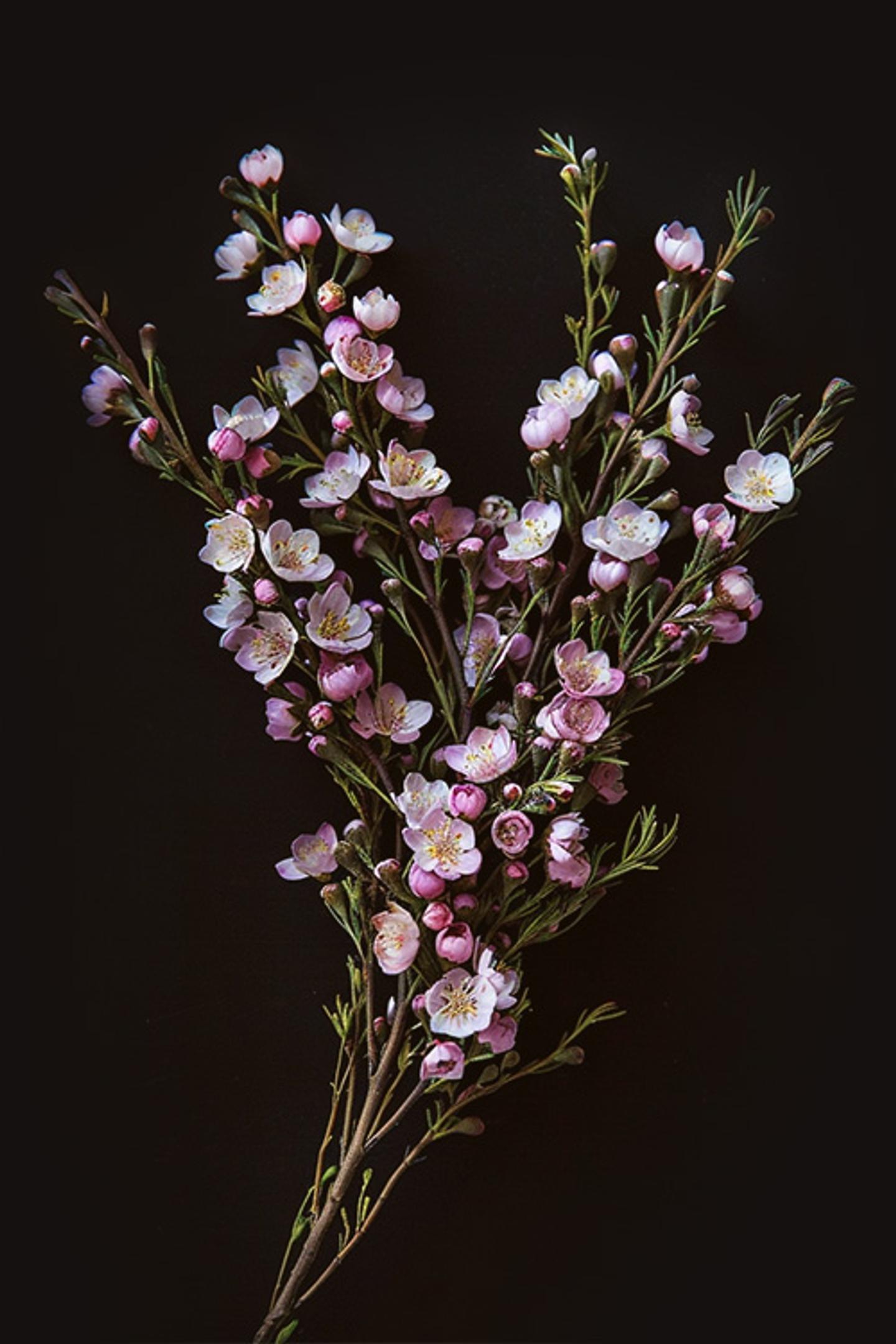
Waxflower
Waxflowers come as the perfect mix of sugar and spice, with their sweet fragrant blooms and spiky evergreen shrubs. These wildflowers are pros at spreading good vibes and look just as lovely in your garden as they do in a wedding bouquet.
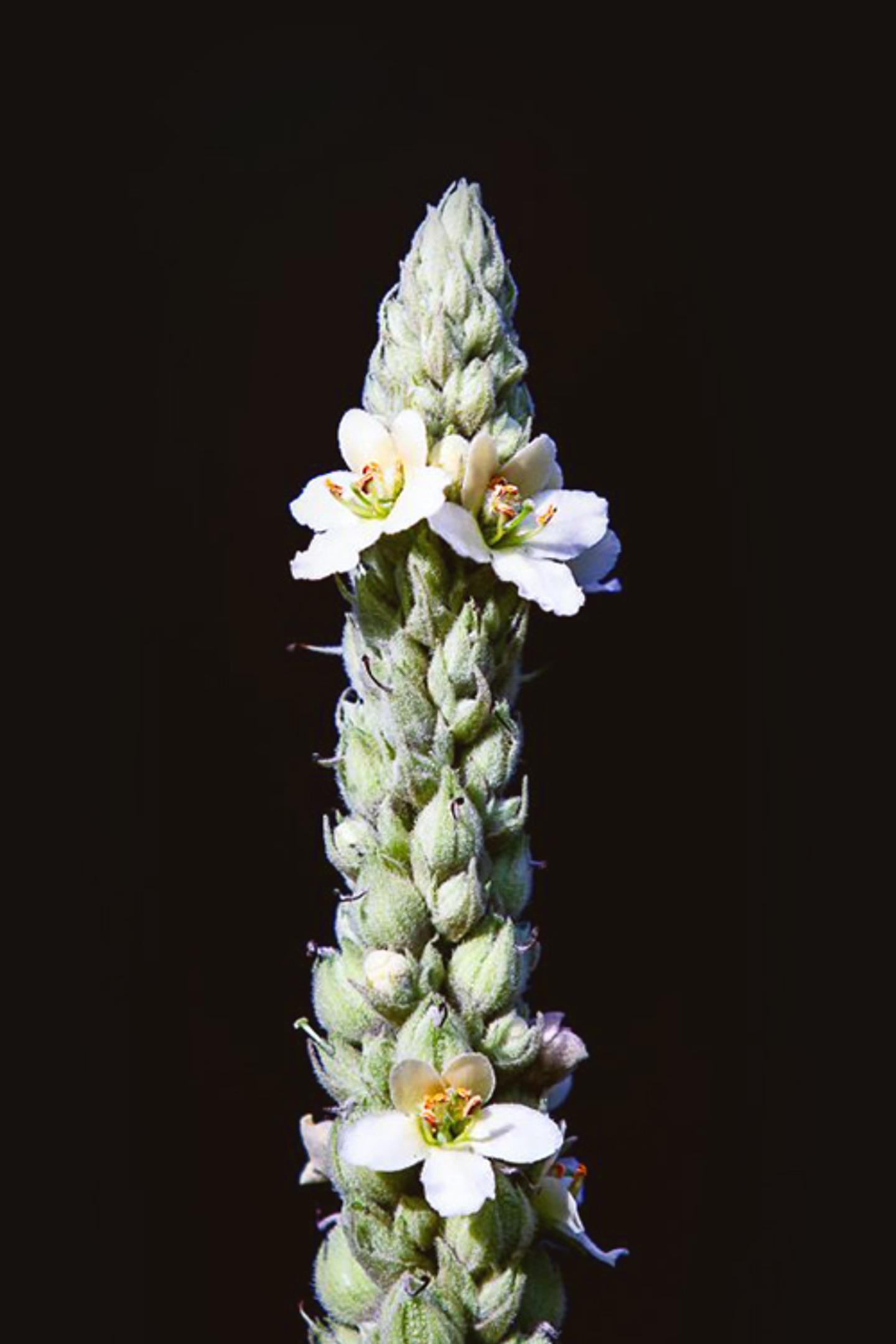
Yucca
There’s no doubt you’ve heard of the sweet (get it) phenomenon that is Agave Nectar. What’s even sweeter? The Yucca plant is a beautifully unique member of the agave family, with over 40 different types of perennials growing throughout North America, Mexico, and the Caribbean.

Tulip
Tulips aren’t too elegant, too romantic, too big, too small, or too bright; tulips are always just right. Not to mention cozy, like snuggling up in your favorite blanket with a fire crackling and snow gently falling.

Violet
You’ve seen these tiny, but nevertheless lovely clusters of vibrancy, so there’s no need for us to try and capture your attention with vague magniloquence! The stunning beauty of the violet does that all on its own.

Waxflower
Waxflowers come as the perfect mix of sugar and spice, with their sweet fragrant blooms and spiky evergreen shrubs. These wildflowers are pros at spreading good vibes and look just as lovely in your garden as they do in a wedding bouquet.

Yucca
There’s no doubt you’ve heard of the sweet (get it) phenomenon that is Agave Nectar. What’s even sweeter? The Yucca plant is a beautifully unique member of the agave family, with over 40 different types of perennials growing throughout North America, Mexico, and the Caribbean.
Ready to send beautiful flowers?
Our guided experience helps you send a one-of-a-kind arrangement perfect for every occasion.
Send Flowers